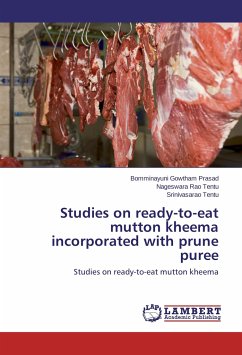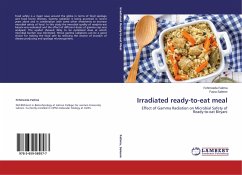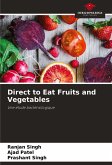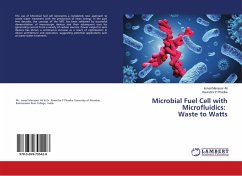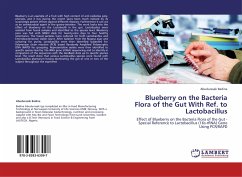A study was undertaken to standardize mutton kheema with non-meat ingredients in the first stage. In the second stage incorporation of prune puree at 3 different levels viz., 10%, 15% and 20% was carried out to find out a desired level. Based on the sensory score 15% level of prune puree was taken as the best level and further studies were undertaken by packaging in aerobic and nitrogen flush packages in metallized LDPE pouches. The aerobic and nitrogen packages of mutton kheema were subjected to refrigerated storage for 20 days. The product was evaluated for physico-chemical, microbial and sensory quality at intervals of 0, 5, 10, 15 and 20 for refrigerated storage. There was a significant increase in the moisture content of mutton kheema when prune puree is incorporated at 15% level. The protein and total ash contents did not change but there is increase in crude fat content. There was a significant increase in the pH, TBARS, Tyrosine and %FFA content as the storage progressed for 0-20 days in refrigeration storage. There was a significant decrease in pH, TBARS values, Tyrosine value and % FFA with incorporation of prune puree.
Bitte wählen Sie Ihr Anliegen aus.
Rechnungen
Retourenschein anfordern
Bestellstatus
Storno

